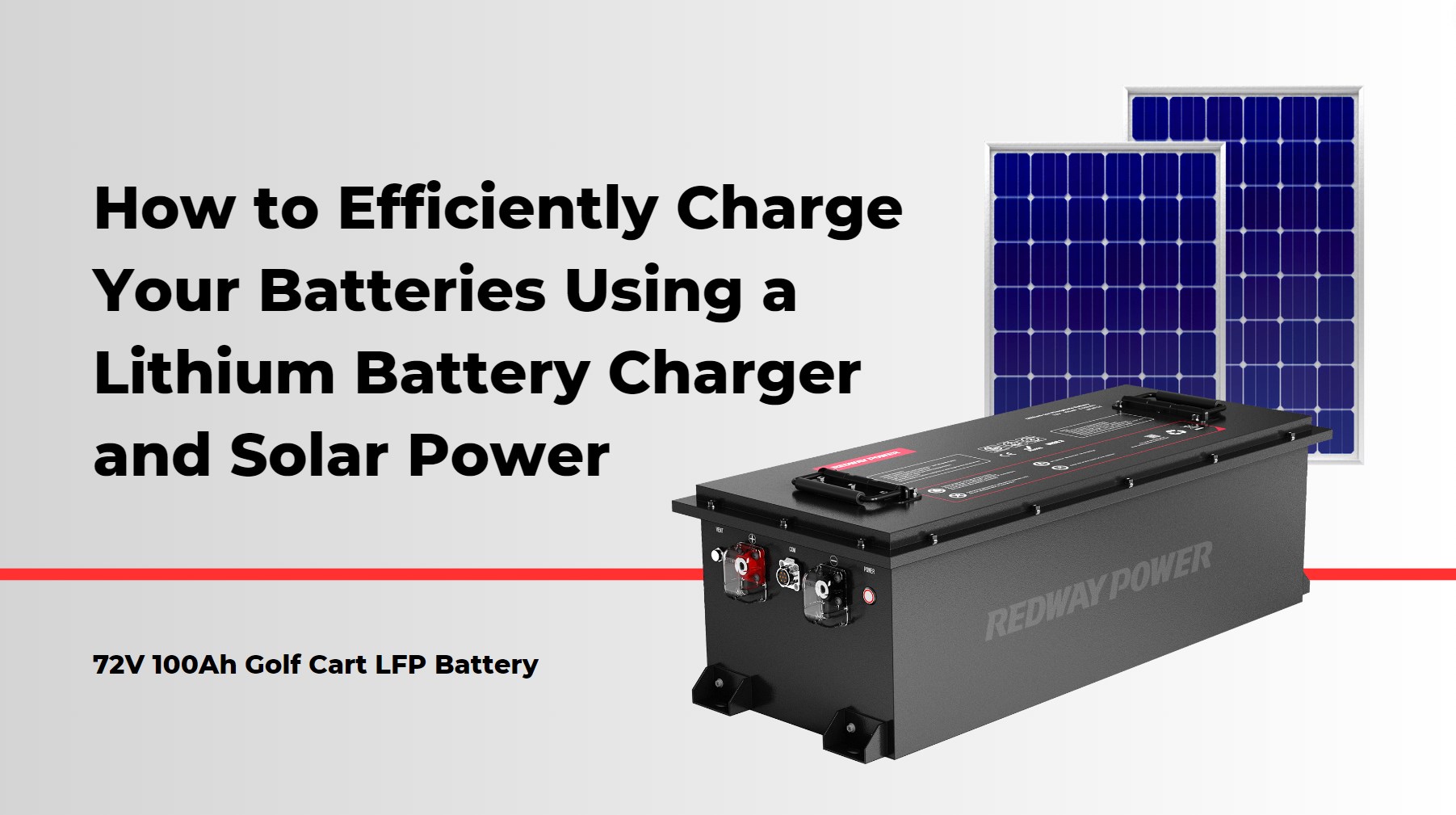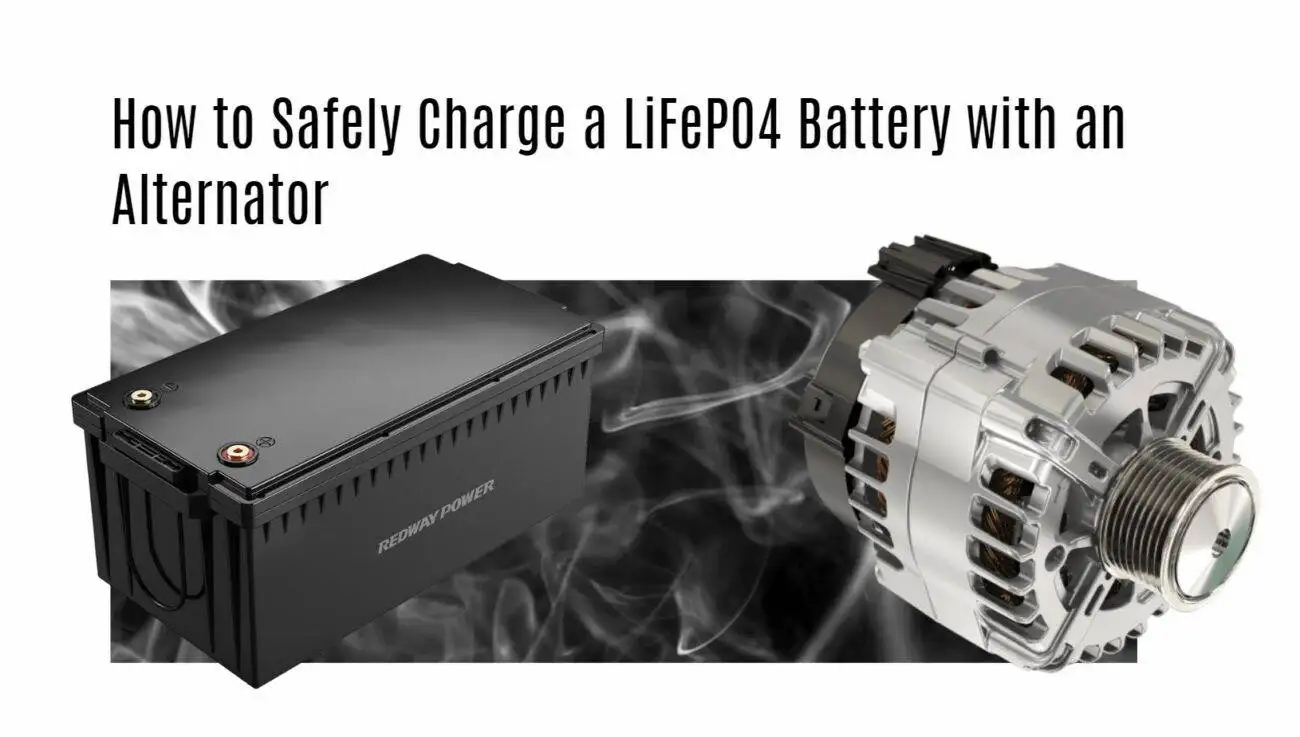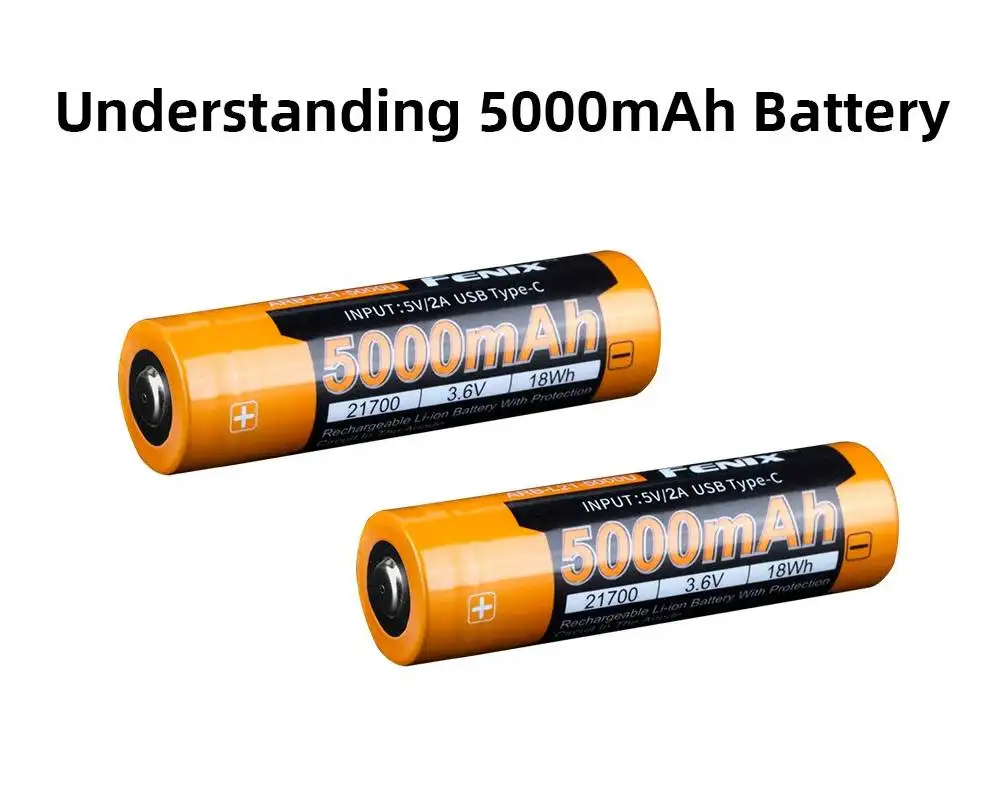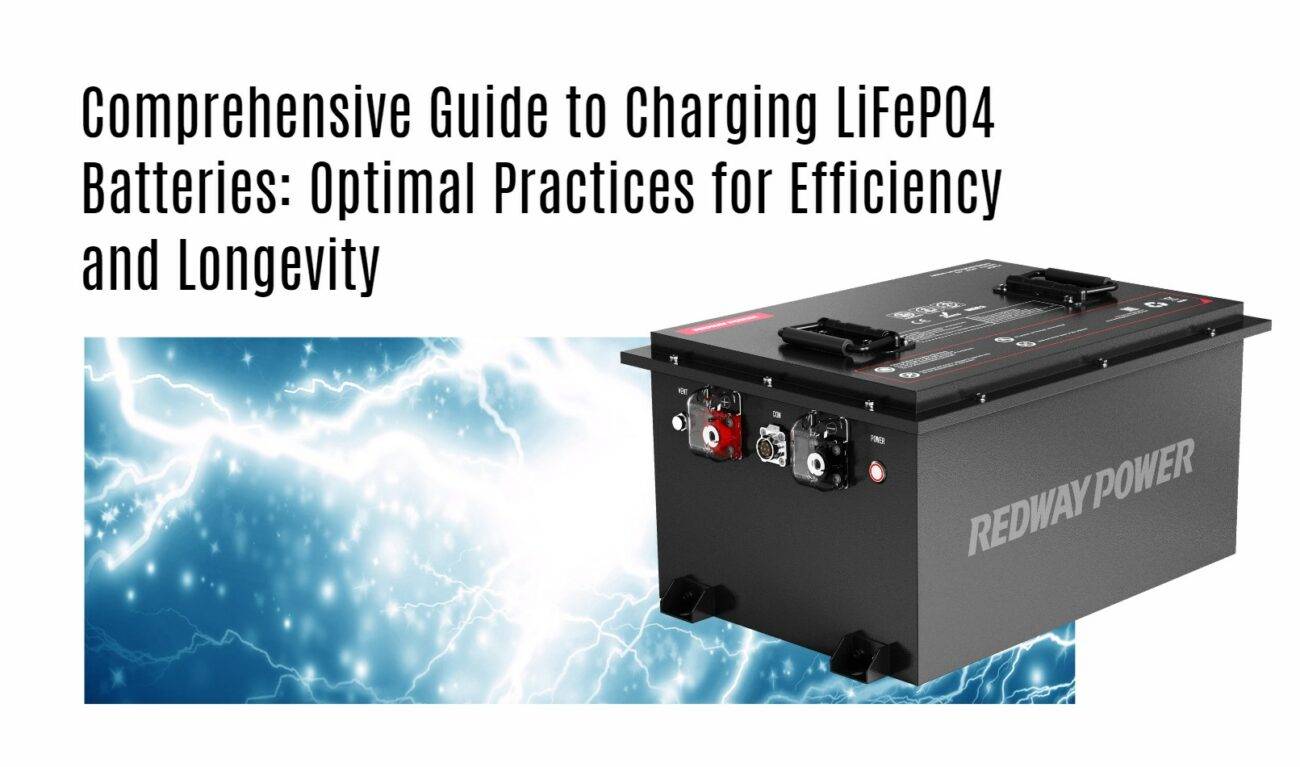Charging batteries efficiently using a lithium battery charger and solar power is an eco-friendly solution that maximizes energy use while minimizing costs. This method is particularly effective for applications like electric vehicles, renewable energy systems, and portable devices. This article will guide you through the process, benefits, and best practices for charging your batteries with solar power.
What Are the Benefits of Using Solar Power to Charge Lithium Batteries?
Using solar power to charge lithium batteries offers several advantages:
- Cost Savings: Solar energy reduces electricity costs by utilizing free sunlight.
- Environmental Impact: It decreases reliance on fossil fuels, contributing to lower carbon emissions.
- Energy Independence: Solar charging allows users to generate their own power, reducing dependence on grid electricity.
Chart: Benefits of Solar Charging for Lithium Batteries
| Benefit | Description |
|---|---|
| Cost Savings | Reduces electricity bills |
| Environmental Impact | Lowers carbon footprint |
| Energy Independence | Generates self-sufficient power |
How Do Lithium Battery Chargers Work?
Lithium battery chargers are designed to charge lithium-ion batteries safely and efficiently. They typically use a constant current/constant voltage (CC/CV) charging method:
- Constant Current Phase: The charger supplies a steady current until the battery reaches a specific voltage.
- Constant Voltage Phase: Once the target voltage is reached, the charger switches to a constant voltage mode, gradually reducing the current until the battery is fully charged.
Chart: Charging Phases of Lithium Battery Chargers
| Phase | Description |
|---|---|
| Constant Current | Supplies steady current until target voltage |
| Constant Voltage | Maintains voltage while reducing current |
What Equipment Is Needed for Solar Charging?
To efficiently charge your lithium batteries using solar power, you will need the following equipment:
- Solar Panels: Convert sunlight into electricity.
- Solar Charge Controller: Regulates voltage and current from the solar panels to prevent overcharging.
- Lithium Battery Charger: Specifically designed for lithium batteries to ensure safe charging.
- Batteries: The lithium batteries you intend to charge.
Chart: Essential Equipment for Solar Charging
| Equipment | Purpose |
|---|---|
| Solar Panels | Convert sunlight to electricity |
| Solar Charge Controller | Regulates charging process |
| Lithium Battery Charger | Ensures safe and efficient charging |
| Batteries | Store energy generated from solar panels |
Why Is It Important to Use a Compatible Charger?
Using a charger specifically designed for lithium batteries is crucial for several reasons:
- Safety: Lithium batteries require precise charging parameters; incompatible chargers can lead to overheating or damage.
- Efficiency: A compatible charger optimizes the charging process, ensuring faster and more complete charges.
- Battery Lifespan: Proper charging practices extend the life of lithium batteries by preventing overcharging and deep discharges.
How Can You Optimize Your Solar Charging Setup?
To maximize the efficiency of your solar charging system, consider these tips:
- Proper Sizing: Ensure your solar panel system is appropriately sized based on your energy needs and battery capacity.
- Optimal Positioning: Position solar panels at an angle that maximizes sunlight exposure throughout the day.
- Regular Maintenance: Keep solar panels clean and free from obstructions to maintain efficiency.
Chart: Tips for Optimizing Solar Charging
| Tip | Description |
|---|---|
| Proper Sizing | Match panel size with energy needs |
| Optimal Positioning | Angle panels for maximum sunlight exposure |
| Regular Maintenance | Clean panels regularly for efficiency |
What Are Common Applications for Solar-Charged Lithium Batteries?
Solar-charged lithium batteries are used in various applications:
- Electric Vehicles (EVs): Provides a sustainable energy source for charging EVs at home or public stations.
- Home Energy Storage Systems: Stores excess solar energy generated during the day for use at night or during outages.
- Portable Devices: Powers devices like laptops, smartphones, and camping gear using renewable energy.
Industrial News
The integration of solar power with lithium battery technology continues to gain traction as more consumers seek sustainable energy solutions. Recent advancements in solar panel efficiency and battery storage capacity are making this combination more accessible and practical. Companies are investing in research to enhance solar charging systems, aiming to improve performance and reduce costs further.
Redway Expert Insights
“Utilizing solar power to charge lithium batteries not only promotes sustainability but also provides significant cost savings,” states an expert from Redway Battery. “Our commitment to innovation in battery technology ensures that our products are compatible with modern solar solutions, enabling users to harness renewable energy effectively.”
FAQ Section
Can I use any charger for my lithium batteries?
No, it’s essential to use a charger specifically designed for lithium batteries to ensure safety and efficiency.
How long does it take to charge a lithium battery with solar power?
Charging time varies based on battery capacity, solar panel output, and sunlight availability but typically ranges from several hours to a full day.
What happens if I overcharge a lithium battery?
Overcharging can lead to overheating, reduced lifespan, or even thermal runaway, which poses safety risks.
Do I need a special charge controller for solar charging?
Yes, a solar charge controller is necessary to regulate voltage and current from the solar panels, ensuring safe charging of your lithium batteries.This article provides a comprehensive overview of how to efficiently charge your lithium batteries using a lithium battery charger and solar power. By understanding these concepts and best practices, you can optimize your energy storage solutions while contributing to a more sustainable future.











